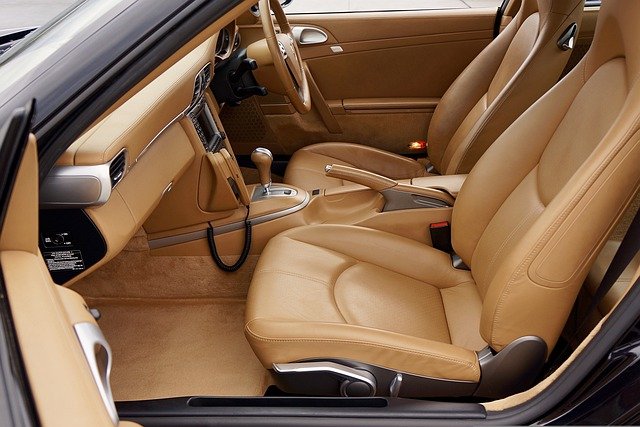A car refrigerator is a modern convenient and compact device that is simply necessary for those who are planning long trips or outings in their car, while keeping food, food or drinks fresh for a long time. A common task for all auto-refrigerators is to maintain a low temperature, however, in different models this task is realized due to different principles of operation. The main types of refrigerators for cars on the market are compressor, thermoelectric, and absorption car refrigerators. We should also mention car cooler bags.
The principle of operation of compressor-type auto-refrigerators
A compressor refrigerator is a freezer equipped with an evaporator and a compressor; according to the principle of operation, such an auto-refrigerator is most similar to a conventional home refrigerator. So, this is a metal container, inside which the refrigerant, as a rule, freon, which is in liquid form, is fed into the evaporator, where it passes into a gaseous state – evaporation, while the refrigerant from the evaporator itself takes thermal energy from its metal walls. Thanks to this, the evaporator itself cools the air already in the refrigerator compartment itself. The gaseous refrigerant is then drawn out of the evaporator by the compressor, after which it condenses, turning back into a liquid due to the high pressure that the compressor again creates.
Car refrigerators of this type are small-sized, almost completely silent, have a long service life and excellent reliability, they have no rubbing or moving parts, and no refrigerant is used. These devices work from a 12 volt power supply, and can be connected to a car cigarette lighter. Depending on the model, the volume of such an auto-refrigerator usually varies from 5 to 20 liters, but there are models with a larger capacity. Controlled cooling can provide up to 25°C difference from the environment.
The principle of operation of absorption refrigerators
The action of absorption-type auto-refrigerators is based on the constant circulation of the refrigerant – ammonia solution, its alternate cooling/heating. The solution enters the chamber evaporator, cooling it. Since the boiling point of ammonia is lower than that of water, it evaporates due to the heat that was received during cooling. After that, its vapors are absorbed by water, then the next cycle begins again with a liquid solution. The circulation is continuous: the absorber at the same time performs the function of suction, and the thermal pump – forcing.
The design features of auto-refrigerators of this type determine the volume of 20-150 liters. Such refrigerators provide the fastest cooling and the temperature in the chamber from -5°С to +3°С, they produce almost no noise. These devices are quite economical, they can work from the cigarette lighter and from gas. As disadvantages of car absorption refrigerators, one can note their relatively large weight, along with a certain sensitivity of such devices to bumps – if the device is not in the correct vertical position, the circulation of the refrigerant may be disturbed.
Cooler bags
In fact, the cooler bag is a thermal bag with a thermostat. It can ensure the preservation of a certain temperature at the required level, both cold and warm, for a long time. The thermal insulation layer of such a bag consists of a sponge polyamide that maintains temperature for 10 hours. Dry ice can be added to increase the low temperature maintenance time, which in this case must be provided in a separate package.
The bag is the most budgetary alternative to other options for auto-refrigerators. The volume of the cooling chamber is 5 – 20 liters, however, individual specimens may have a larger volume. It is best suited for trips over relatively short distances.







